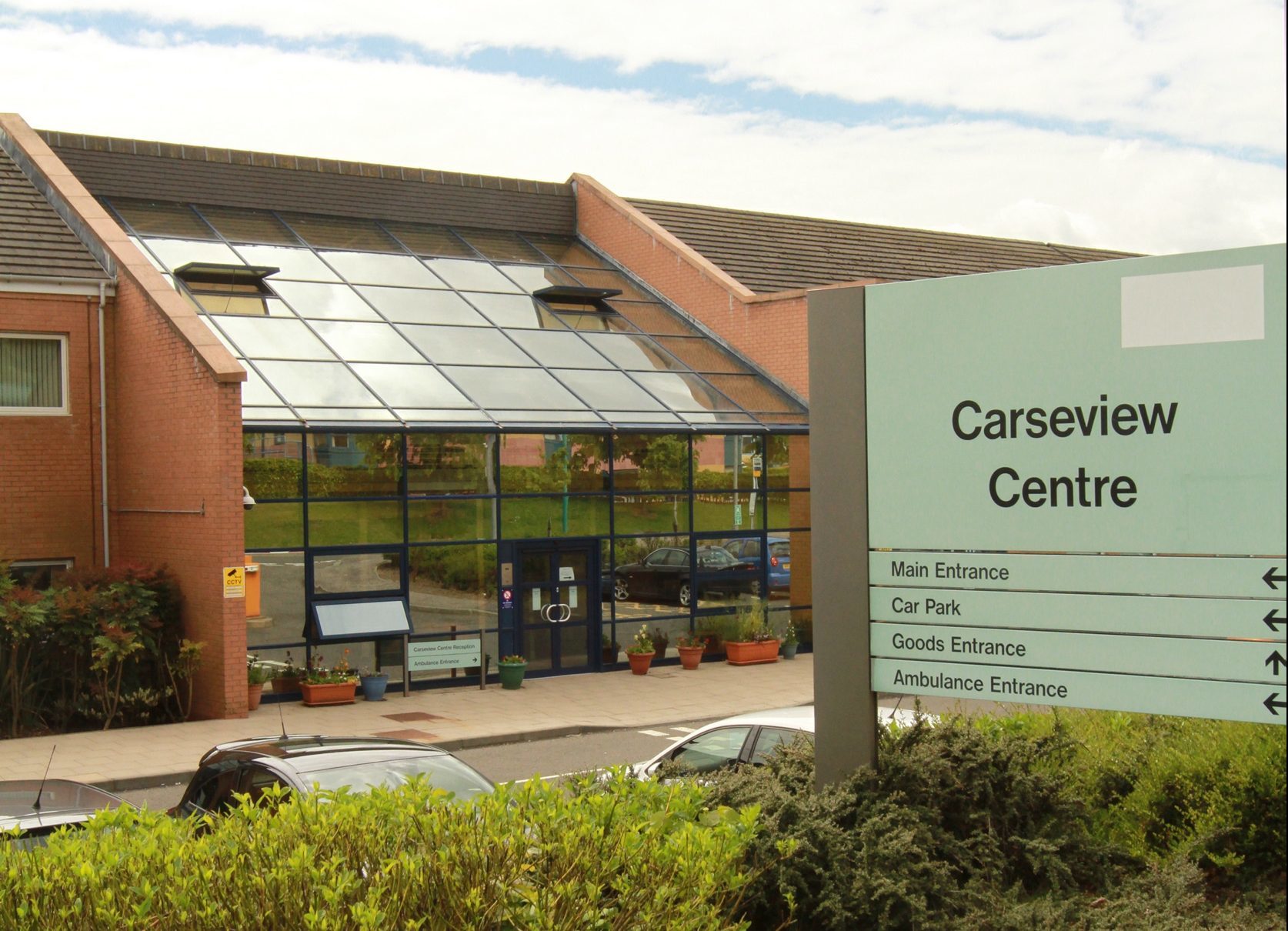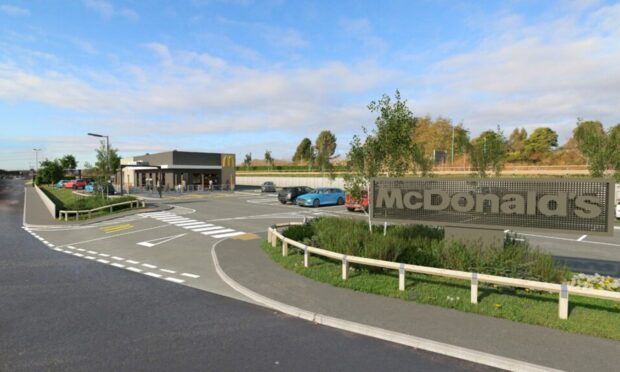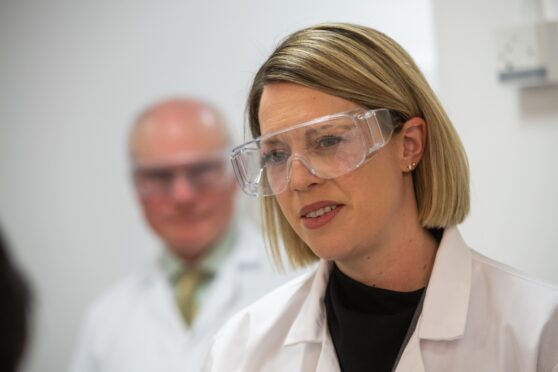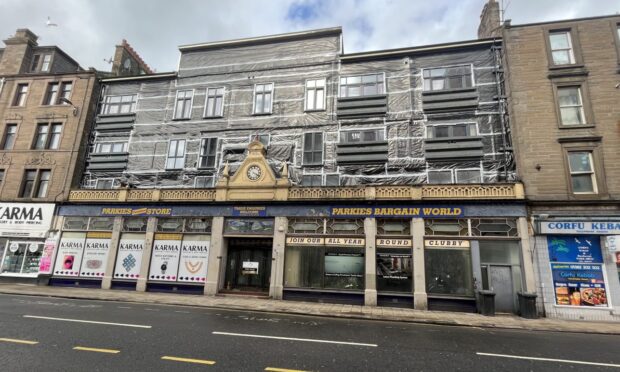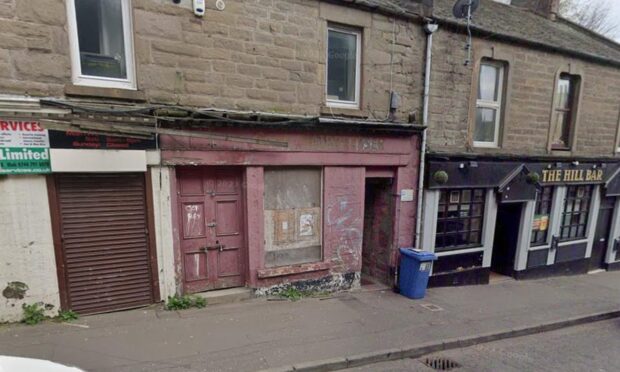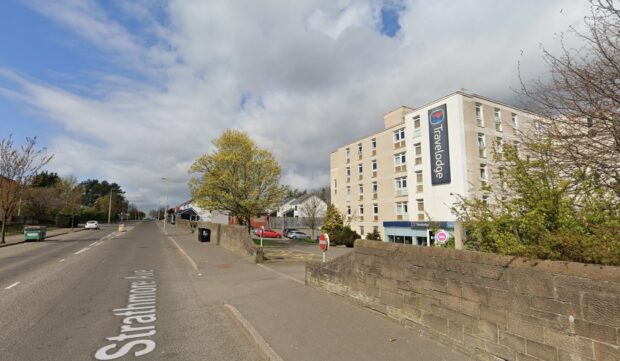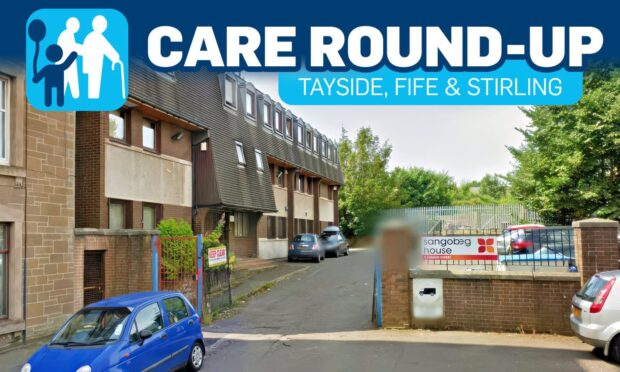The number of people with mental health issues being readmitted to hospital in Tayside within a month of their discharge is increasing.
More than 16% of Tayside adults discharged from hospital, having been admitted on mental health grounds, were back within a month in 2016/17, according to new figures.
The readmission rate has increased from 11.9% in 2012/13.
NHS Tayside is above the Scottish average for mental health hospital readmissions in the most recent statistics compiled by ISD Scotland.
At 16.3%, it was behind only NHS boards in Dumfries & Galloway and Lothian.
The majority of patients readmitted after an initial stay in hospital were affected by mood disorders (36.9%), delusional type disorders (19.2%) and adult personality and behavioural disorders (15.8%).
North East Scottish Conservative MSP Bill Bowman said the increase in readmissions for depression is “very troubling”.
The ISD figures also recorded NHS Tayside region had the fourth highest suicide rate in Scotland, behind Forth Valley, Highlands and Orkney – 14.4 per 100,000 between 2012 and 2016.
Mr Bowman said: “At some point, one in four people will experience a mental health condition.
“NHS Tayside staff are doing their best to deal with the growing number of people who come to them with symptoms of depression and low mood.
“Because Tayside has such a high suicide rate, NHS Tayside needs resources to dig into why people come back to hospital so quickly.
“If it’s because of underfunding in areas run by councils and community healthcare partnerships, the SNP government needs to assess the potential damage it is doing by making cuts to local authority budgets.”
A spokesperson for NHS Tayside said: “Mental illnesses can be unpredictable and there are many reasons why a patient may require to be readmitted following discharge from hospital.
“Patients can sometimes experience a new episode of illness for which admission to hospital is the most appropriate course of treatment.
“Patients are discharged following clinical assessment from a consultant psychiatrist and are followed up locally within the community.
“There is no direct relationship between the length of time a patient is in hospital and the need to be readmitted.”
She added: “Anyone can become suicidal; the reasons can be different and very complex and it is not always due to mental illness. Each suicide is a tragedy and the impact on those left behind lasts a lifetime.
“Every suicide in Tayside is comprehensively reviewed by the Tayside multi-agency Suicide Review Group to look at the circumstances surrounding each individual case.
“f people are feeling suicidal, the best thing to do is talk and tell someone how they are feeling. Speak to someone you can trust or call a helpline. If you’re worried that someone else is suicidal, ask them – asking someone directly about their feelings can help them.”
Further help and information can be found by downloading the “Suicide? Help!” app, visiting www.suicidehelp.co.uk or calling NHS 24 on 111, Samaritans on Freephone 116 123 or Breathing Space on 0800 838587 or www.breathingspacescotland.co.uk
An independent inquiry into mental health services in Tayside is currently under way.
